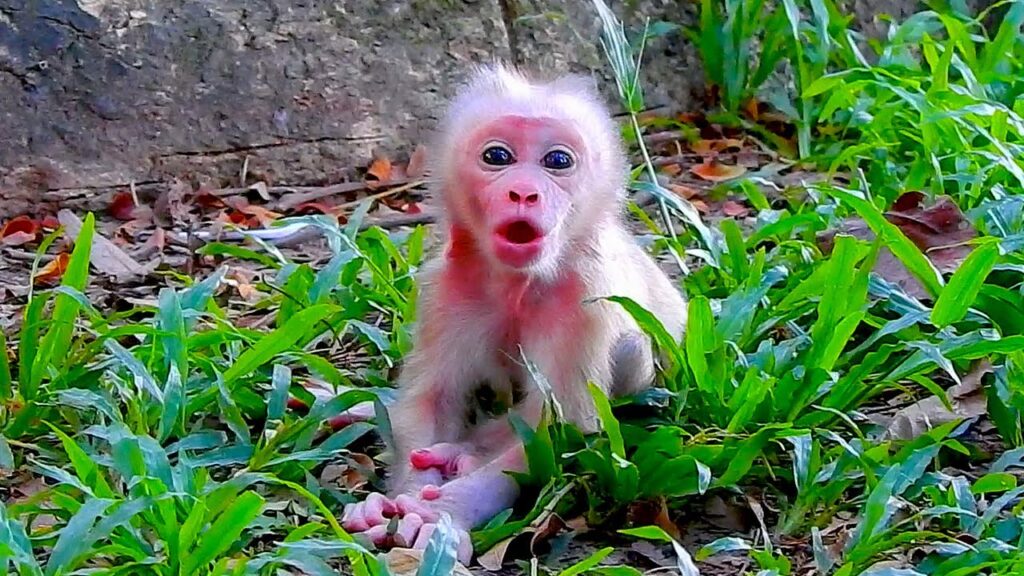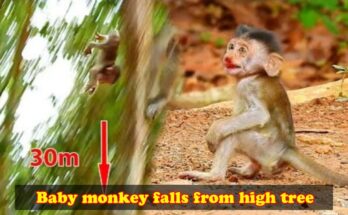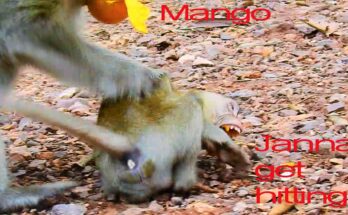
It was a scene both heartwarming and heartbreaking, unfolding under the gentle glow of the afternoon sun. Little Lynx, barely a few days old, sat nestled on the grassy ground, his tiny body trembling with soft whimpers. His fur, still carrying that newborn fluff, caught the light like a halo, but his eyes told another story—one of hunger and longing.
Only a few steps away, his mother sat calmly, grooming herself without glancing toward her crying baby. She seemed distant, perhaps preoccupied or simply unwilling to nurse at that moment. For a creature so small, time felt urgent. Baby Lynx’s soft cries grew louder, turning into pitiful wails that seemed to call out not just to his mother, but to everyone watching.
The cameraman, quietly filming from a respectful distance, felt the tug on his heart. Through the lens, he could see the tiny paws reaching forward, as if pleading for comfort. Each squeak was like a fragile note of desperation carried by the wind.
But nature has its rhythm, and sometimes it isn’t as nurturing as we hope. The mother, still ignoring the little one’s calls, shifted her position, making no move to offer milk. Baby Lynx tried crawling closer, but fatigue quickly overtook him. His cries became softer, slower—an aching reminder of his helplessness.
The cameraman could do nothing but capture the truth of the moment. His role was to observe, not interfere, but that didn’t make it any easier. Through the screen, the world would see the raw, unfiltered reality of a newborn’s struggle for survival—and the silent plea in his tiny voice.
Some moments in nature are beautiful. Others, like this one, stay with you forever, tugging at the heart long after the camera stops rolling.


